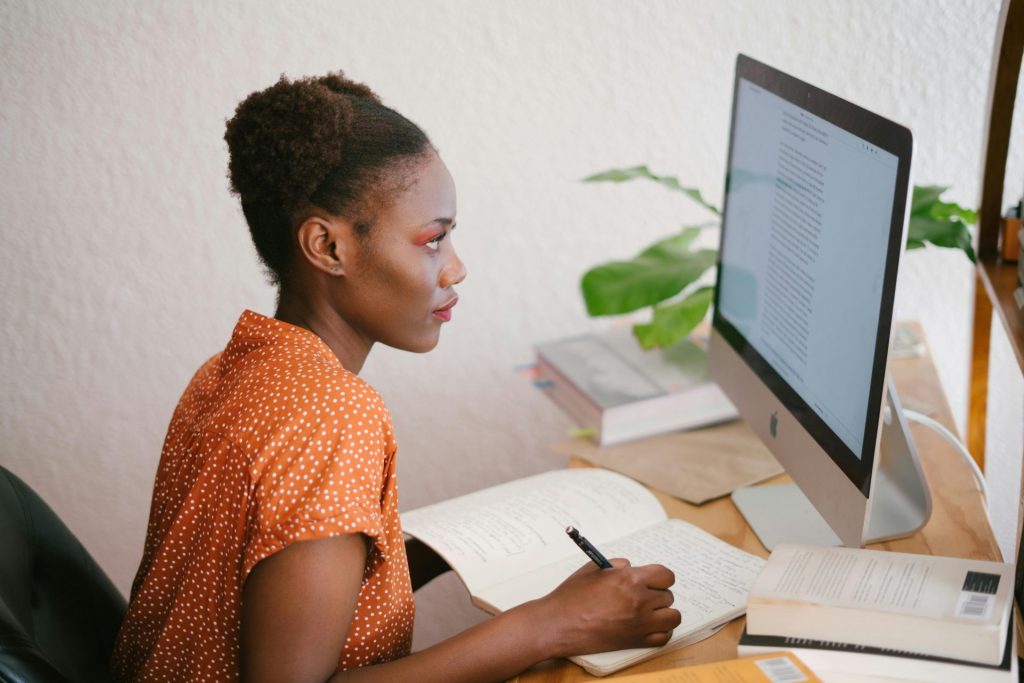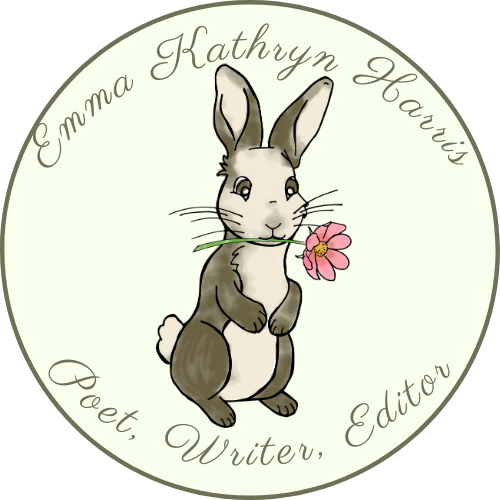You may not write well every day, but you can always edit a bad page. You can’t edit a blank page.”
Jodi Picoult, author
Most writers would agree with me, I think, that our favorite part about writing is the actual storytelling. When I am not in front of my computer typing creative sentences and pulling together meaningful thoughts into a cohesive story, you can bet I’m thinking about my next story line or idea while I’m washing the dishes or pulling weeds from the garden.
We might write a variety of things, such as our current novel, essays, poems, articles for the media or our own blogs and newsletters. And you, like me, might have multiple projects laid out in front of you with deadlines. It can be overwhelming sometimes.
But did you realize real art comes, not from the writing itself, but from the editing process?
Here’s what my experience as a professional writer for over 20-plus years has taught me.

Writing is like gardening
Writing is like gardening. We start with planting the seeds, watering the ground, and waiting for the plants to bloom. As they come up from the ground, we observe how they take shape, how they expand and fill the garden. Similarly, as we write, we plant the seeds of ideas, craft sentences and chapters to fill in the blank spaces, observe how our characters and the theme expands through the paragraphs and subsequent pages.
Our garden didn’t happen by chance, either. We had to do something to get it started. Perhaps we designed it before we planted anything. After it grew, we might have realized additional changes need to be made, such as moving a small bush to another area. In the end, we need it to look aesthetically pleasing. Even the plants and color schemes have to make sense. Not all plants should grow together. And maybe some areas require specific color.
Likewise, our writing takes planning. Even if you are a pantser, someone who writes by the seat of her pants without an outline, you still need to pull the story together into a cohesive theme and flow. Rarely, if ever, do our first drafts ever see the outside world.
Our polished draft is what we send to publishers and editors.

Editing your own work
We might think as writers we don’t need to worry about editing. And for many reasons, writers fight the task of editing their own work. Perhaps they feel it is the job of the editor to help the writer shape the story. Maybe the writer feels the work is perfect and done and doesn’t need revision.
Both ideas are faulty. The true art in writing shines with editing. And as writers, we have the responsibility to take the editing as far as we can before we pass it along to our editor.
Think of it this way: if we feel it is our editor’s job to tackle the editing, who ultimately writes the story? If the draft is an early draft, the editor will have several revisions and is forced to shape your story into something cohesive. He is trying to understand your thought process, using the scattered material you’ve sent him, and realign and modify your story. That’s a lot of work.
What you want to do is make sure your story or article has all the pieces in place. That each line is the best you can write. That you’ve caught basic mistakes and errors. Your edited draft will need your editor’s guidance, but you’ve made the editor’s job easy by making your story coherent and error free.
And as far as your draft being perfect, no one’s is. But you can make sure it is well written, professional, and a compliment to your skill as a writer. In this age of AI and self-publishing, it is more important than ever to stand out from the lazy manuscripts that saturate the internet. You do this by publishing a polished work of art.

4 Editing tips
When you’ve finished your 80,000-word novel, the editing can seem daunting. Even completing a 2,000-word article after all the research and interviews can be overwhelming. But there are some basic things you can do to ease your editing process.
First, whenever you complete your work, step away from it for a couple days, to a month if you have the time. Write something else. Visit the park to unleash your brain and breathe fresh air. The time you spend away from your work will give you a chance to inhale new perspectives. When you sit in front of your piece again, you’ll notice more changes you can make, errors you need to fix, and points of interest to add you had not considered earlier when you were in the moment of writing.
Second, read it through without editing. Read it as a reader for enjoyment. Make notes of areas where you got bored, excited, or raised questions. While it is difficult to pull ourselves away from our work, you must train yourself to be objective. If you, as a reader, notice holes, imagine what your other readers, who lack the background knowledge you have of the work, will feel.
Third, edit in stages. You might choose to edit according to your characters—their flow, consistency, mannerisms, etc. Does Sara have red hair? Does she bite her nails or did her mannerisms change? When was Frank born and where?
Another stage or chunk could be the order. Do you need to move paragraphs around? Does your ending need to move closer to the beginning? Is your opening a strong hook?
Yet another chunk could be a focus on the theme. Is the story consistent with your theme? What needs reassessment or should be deleted?
Another area is factual information—is everything accurate, whether you’re writing a historical novel or article? Is every place, every person correctly spelled and referenced? Was Darby Rd in the north or south of the area? Are there two blocks there or three? Did it exist at the time of the story?
As you complete these areas, you’ll want to then look at line editing—dissecting the lines to make sure they are needed, and they sound well.
Your final edits before you send off your manuscript or piece will be proofreading to make sure you catch whatever errors—such as spelling, grammar—you can. (is it evoke or invoke? heart wrenching or heart rending?) We typically repeat our mistakes because we don’t realize we make them, so your proofreader will catch what you miss. Included in this editing stage is your style sheet. If you are writing in AP style, Chicago Manual, New York Times, make sure everything lines up with it. Again, you are trying to make everyone’s job easier.
Fourth, whichever editing stage you are in, you can either edit onscreen or print it out, whatever will help you. I do both. If I want to read it for enjoyment or do a final proofread, I typically print it as it helps slow me down and I catch more errors.
The more you objectively edit your own work, the more you will learn about your weaknesses and how to catch and fix them, making your editing process smoother over time.
We typically repeat our mistakes because we don’t realize we make them…

Editing resources to check out
One of the revelations I learned early in my career (okay, several) is that I don’t know everything. I learn from reputable sources, whether that is books, other writers, or both. For more detailed information, you might check out these books on the editing process that I recommend:
“Seven Drafts – Self-Edit Like a Pro From Blank Page to Book” by Allison K. Williams
“Intuitive Editing: A Creative and Practical Guide to Revising Your Writing” by Tiffany Yates Martin
“The Elements of Style” by William Strunk and E.B. White
“Webster’s New World English Grammar Handbook” by Gordon Loberger and Kate Shoup Welsh
or really any grammar book you prefer.




